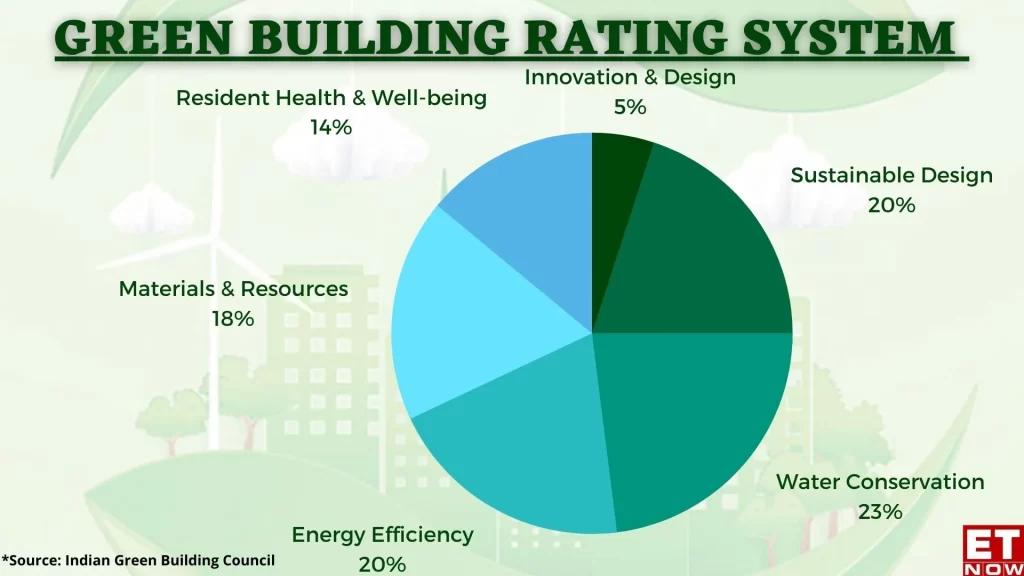
Embracing Eco-Friendly Practices
Sustainability has emerged as a key component of contemporary interior design in recent years. Eco-friendly materials and methods are being used in projects by designers all over the nation. This covers the utilization of recycled materials, reclaimed wood, energy-saving appliances, and renewable energy sources. Such programs not only lessen their negative effects on the environment but also encourage occupants to live and work in healthier environments.
The Role of Biophilic Design
Biophilic design, which incorporates natural elements and patterns into indoor spaces, has gained traction as a key aspect of sustainable interior design. By integrating plants, natural light, and natural materials like bamboo and cork, designers are fostering connections with nature within built environments. This approach not only enhances the aesthetic appeal but also contributes to improved air quality and overall well-being.
Rise of Green Certifications
The emergence of green certifications and standards has further propelled the adoption of sustainable design practices in India. Projects aiming for certifications such as LEED (Leadership in Energy and Environmental Design) and IGBC (Indian Green Building Council) are becoming increasingly common. These certifications not only validate the sustainability of a project but also add value by reducing operational costs and enhancing marketability in a conscientious consumer market.
Consumer Awareness and Demand
A notable driver of the shift towards sustainable interior design is the increasing awareness and demand among consumers. Homeowners and businesses alike are prioritizing sustainability in their design choices, seeking spaces that reflect their values of environmental stewardship. This shift is prompting designers and developers to innovate and collaborate with suppliers who share their commitment to sustainability.
Industry Initiatives and Collaborations
Recognizing the importance of sustainable practices, industry stakeholders are actively promoting awareness and education. Collaborative efforts between designers, manufacturers, and policymakers are aimed at integrating sustainable principles into industry norms and regulations. Forums and exhibitions focusing on sustainable design have become platforms for showcasing innovations and fostering dialogue within the industry.
Challenges and Opportunities
While the momentum towards sustainable design is encouraging, the industry faces challenges such as higher initial costs and the need for specialized expertise. Overcoming these challenges requires continued investment in research, technology, and skill development. However, the long-term benefits, including reduced resource consumption and enhanced brand reputation, outweigh the initial costs, making sustainable design a prudent investment for the future.
Looking Ahead
As India’s interior design sector continues to evolve, the trend towards sustainable practices is expected to gain even greater momentum. Designers, architects, and stakeholders are poised to embrace innovation and collaborate towards creating spaces that not only inspire but also contribute positively to the environment and society at large.
In conclusion, the rise of sustainable design marks a transformative phase for India’s interior design industry, aligning creativity with environmental responsibility. With growing consumer awareness and industry support, sustainable design is set to redefine standards and inspire a new generation of environmentally conscious spaces across the country.